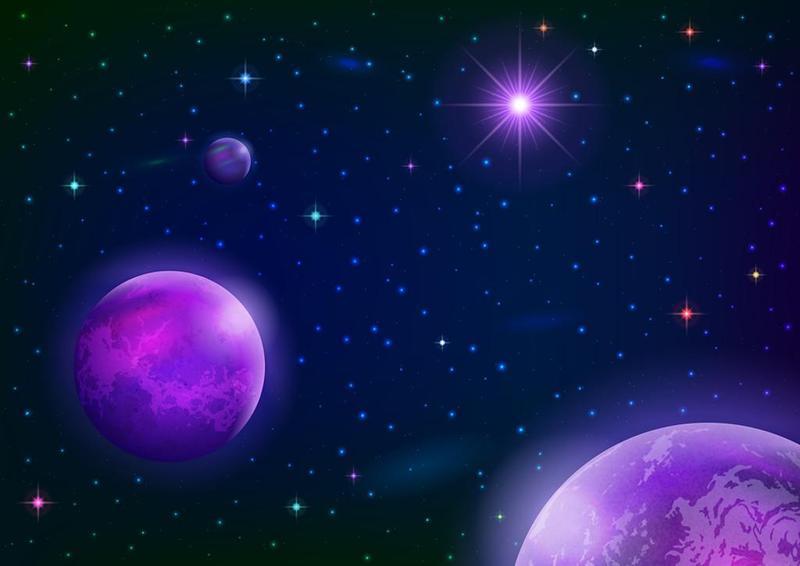Three Earth-like exoplanets discovered 40 light years away
Three Earth-like exoplanets discovered 40 light years away
Three Earth-like exoplanets have been found orbiting a tiny star 40 light years away, scientists have revealed.
In what is being called a ‘world first discovery’ due to the atmospheres of these exoplanets being within the reach of telescopes for the first time, scientists are saying the finding finally makes it possible to search for life around another star.
Located 40 light years away, the new planets were found orbiting around a tiny star by an international team led by astronomers at the University of Liège in Belgium.
A robotic telescope called TRAPPIST (TRAnsiting Planets and PlanetesImals Small Telescope) made the discovery. The telescope was designed to focus on 60 nearby ‘ultracool dwarf stars’, which are very small, cool stars that are so faint they are invisible to optical telescopes.
The exoplanets – named TRAPPIST-1b, c, and d – were found after the team focused the telescope on the dwarf star they called 2MASS J23062928-0502285, now known as the much-easier-to-pronounce TRAPPIST-1, a Jupiter-sized star that is one-eighth the size and much redder than our Sun.
As a result of its small size and relatively low heat compared to the Sun, TRAPPIST-1 and others stars like it are not visible to the naked-eye. It emits 2,000 times less light than the Sun, the scientists said, mostly in the infrared, at wavelengths invisible to the human eye.
Until now, no planet had been detected around any star the same size as TRAPPIST-1 because exoplanet research programs have generally focused on bigger and hotter stars. But the TRAPPIST pilot project is designed to detect Earth-like planets around these smaller and cooler stars in our solar neighbourhood because the scientists said by using current technologies, detecting life on an Earth-sized exoplanet is only possible for tiny stars of this nature.
The exoplanets orbiting TRAPPIST-1 have sizes and temperatures similar to Earth, thus making the existence of liquid water on their surfaces very likely.
“The planets are much closer to their star than ours are, but as this tiny star is very faint, the irradiation they receive is similar to that received by Venus and Earth, making conditions potentially suitable to life on at least part of their surfaces,” said Julien de Witt, a scientist from the Liège team.
“Thanks to several giant telescopes currently in construction we will soon be able to study the atmospheric composition of these planets, and search for signs of water as well as for traces of biological activity. That’s a giant step for the search for life in the Universe.”
The three planets have very compact orbits around the TRAPPIST-1 mini-star: they take only 36 and 58 Earth-hours to complete a full revolution around it, compared to the 365.26 Earth-days required by the Earth to revolve around the Sun.
It would still be impossible to reach the planets unless we discovered a way to beat the ageing process or freeze our bodies and preserve our brains for thousands of years before being revived again.
A light year is six trillion miles, so 40 light years would equate to 235 trillion miles, which - considering the fastest spaceship speed that can be achieved right now is 35,000 miles per hour (by Voyager 1) – would take us over 750,000 years to travel with today’s technology.
by Lee Bell For Wired.co.uk
Be the first to post a message!
